Traditional hay milk farming, otherwise known as ‘heumilch’ is making an innovative and rewarding comeback on Austria’s permanent grassland meadows, says certified organic dairy farmer Johann Schinwald of Strasswalchen, a market town in the state of Salzburg.
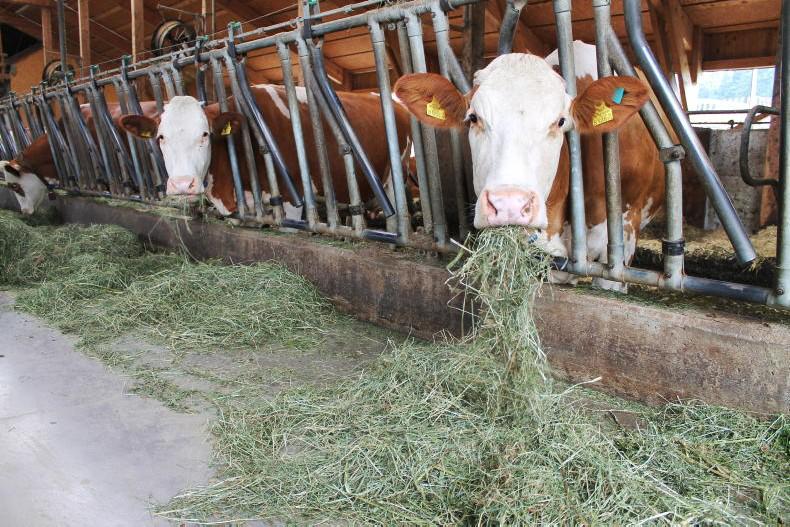
Cows in eating dried hay roughage at Johann Schinwald’s farm.
After increasing the farm’s size to 63ha and stock numbers to 60 cows, it became too expensive to continue in his former system of drying round bales, and so, in 2015, he decided to invest in the installation of a new hall for drying unpressed hay via an aeration system.
The pre-dried grass, which is collected from the meadow at exactly the right moment to retain all active ingredients, leaves and flowers, is stored in different compartments in the building and dried again using a solar-powered roof extractor and dehumidifier over a 72-hour period.
Not one litre of oil or gas is used in the drying process.
From here, Schinwald’s smooth-gliding hay crane does all the work transporting the special green roughage from the hall to the troughs of the cow barn next door, where the cows rest during the day, though they have access to the outdoors all year round too.

Permanent grassland meadows at Johann Schinwald’s farm.
Speaking to the Irish Farmers Journal during a visit to the Schinwald holding as part of the International Federation of Agricultural Journalists’ Congress 2024, Johann, who is husband to Silvia and father to Barbara and Sophia, explains the benefits and technical aspects of his system, which would be considered larger than average.
“In the summer, the animals are in the meadow, and in addition, they are fed with fresh grass. In the morning, when the grass is still wet, the cows get a portion of the best hay.
“I have two drying boxes; one holds 10ha, the other 20ha and I can harvest 10-20ha per day.
“The rest moisture is around 30%, and the way I do it is on the first day I cut the grass, then I turn it around two times, and on the other day I turn it again very smoothly to keep the quality, then I swath it and collect it.
“If it is extremely hot, I can even do it on one day, so I harvest in the morning and collect in the evening. You can see the quality inside the hay; the leaves are not broken.
“Up to 30% of the energy that is contained in the grass is lost when you dry it just on the soil. We can reduce our losses with artificial drying to 5%.”
Investments
Asked about total investments to date in his updated drying system, he explains that an initial spend of €250,000 was required for the hay building, which still houses the old round bale drying system, plus they invested a further €100,000 last year.
“The investments included about 25% in subsidies from the EU, the country of Austria and the state of Salzburg. It was a big investment, but these buildings will be used for 40–50 years and the technique will be used for 15 years at least.
“If the solar panels on the roof get too hot, they reduce the production, but we’ve designed a system of taking this surplus hot air away for drying the hay so we get better production from our solar panels too. Overall, we have energy costs of €1.50/kg of hay,” he adds.
All of the wood used to build the hay hall came from the Schinwald’s own 4.5ha forest too. As they are organic farmers, they only use manure from their own farm as part of the system.
They are also fortunate to be located on a heavy soil type that is much more favourable to the hay milk system than in the Alpine region, meaning they can achieve five cuts each year. Though they’ve experienced about 1,400mm of rainfall so far this year.
Renting land in this favourable region costs between €400 and €800/ha, while buying comes with a substantial price tag of between €150,000 and €200,000/ha.
Milk price and production
Turning to milk price, the spend on investment starts to stack up for the Schinwalds. Johann delivers their hay milk to Salzburg Milch where they received a milk price of €0.67c/l for August supplies; this compares to a conventional milk price of €0.50c/l for the same period.
The €0.17c/l premium is comprised of an additional €0.11c/l because they supply organic milk, plus they get a further €0.6c/l for specifically participating in the hay milk concept.
Under this system, it essentially means that a farm producing around 400,000l of organic hay milk has an added value of €70,000 per year.
Milk production on the Schinwald farm has increased from an average of 7,000 to 8,500l/ cow since transitioning away from the round-bale system. However, the latest upgrade to the installation has boosted annual milk production per cow even further to 9,000l on average.
“We have data to show that 7,300l/cow—more than 80% of the milk—comes purely from the grass and the dried hay.
“There is no significant difference in fat and protein content between hay milk and conventional milk.
“Our cows also live 28% longer than regular cows in a conventional system. Our replacement rate is 22% lower than on other farms; I have 358 days between the calves and I get around four lactations per cow on our system,” Johann said.
The next project for the innovative Schinwald is to source machinery for collecting electricity from the solar panels on the farm to make the holding and household fully self-sufficient with their own electricity.
Though there are no current plans to expand cow numbers further, Johann says it will be up to his young daughters to decide on the next journey for the enterprise.
“There are lots of advantages to this system, but what I like most about being a hay milk farmer is the good smell—it’s much better than a silage barn. Plus, we have the best quality hay every year. I can see this in the health of our cows, which I really enjoy, and I know they enjoy the hay too.”
Austrian farmers on waiting list to enter hay milk system
Twenty-five years ago, Austrian farmers who were still operating a traditional hay milk system were “laughed at by neighbours for being old-fashioned”, says Karl Neuhofer, a dairy farmer and chairman of the Austrian Organisation for Hay Milk.
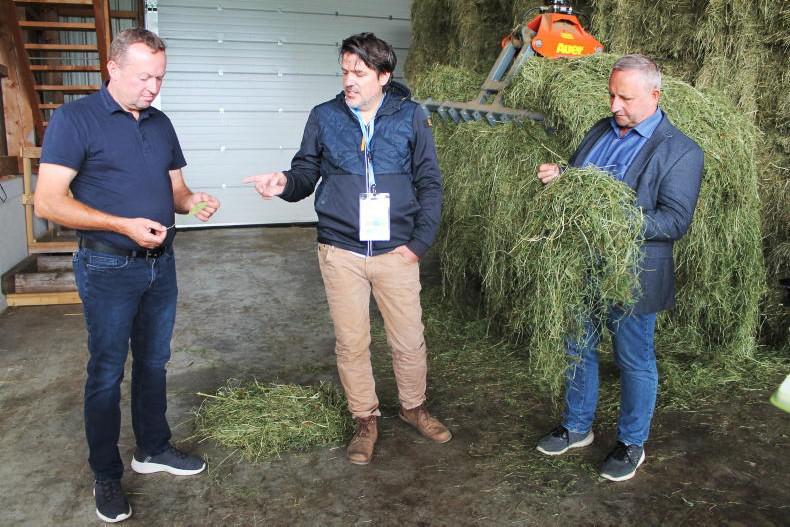
Hay milk farmer Johann Schinwald pictured with Austrian agricultural journalist and tour organiser Stefan Nimmervoll and Karl Neuhofer chairman of the Austrian Organisation for Hay Milk.
Today the country’s hay milk farmers, who receive a serious premium of €0.17c/l above the conventional milk price of €0.50c/l, are the ones laughing at neighbours because they don’t have hay.
Despite the arrival of silage production into Europe from the US in 1950, many Austrian farmers stayed faithful to their accustomed practice of hay production until around 1970, when 80% of the country’s dairy sector operated under the system.
However, after this period, hay farming, which is optimally suited to small-scale farming in Austria’s Alpine region, reduced significantly with more farmers converting to silage as it seemed more profitable and modern.
After joining the EU in 1995, the Austrians sought to negotiate a premium subsidy of €150/ha for their native production method based on the additional ecological value hay provides over a silage-based system.
Following Neuhofer’s election as chair, momentum was built to improve the efficiency of hay milk production to revive farmer interest, accompanied by a new communications approach to connect with consumers.
It now represents 6,500 Austrian hay milk farmers, mostly small-scale producers averaging between eight and 25 cows, who together supply 15% of the country’s annual milk production (approximately 540m litres). Overall, there are 20,000 dairy farmers in Austria.

Permanent grassland meadows at Johann Schinwald’s farm.
Austrian farmers on waiting list to enter hay milk system
“Twenty years ago, the official name for hay milk was ‘milk from a region where it is forbidden to use silage’ which has a very negative image, so we developed the term ‘hay milk’ which was not used before to give it a positive sound.
“But a single farmer or company doesn’t have the power and money to do communication for the system, so I was elected to bring together our 6,500 farmers and 60 dairy companies.
“We were clear that only we can help ourselves. I suggested that we as farmers deliver a levy to the organisation for marketing and I made it clear that the dairy companies must also support the system financially,” he said.
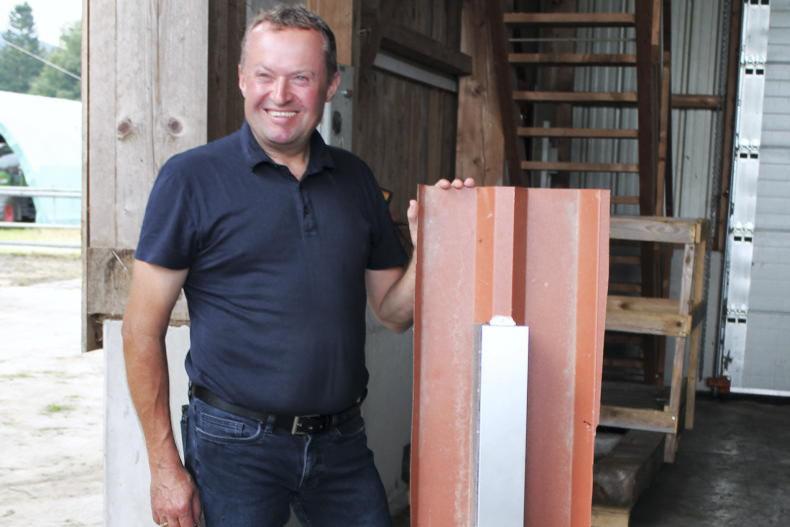
Hay milk farmer Johann Schinwald explains the solar-power and dehumidifier aspects of his aeration system.
It was agreed that all hay milk farmers contribute a levy of €0.3c/l of milk to the marketing budget, while the dairy companies would also contribute €0.2c/l of milk. This resulted in a total annual marketing budget of €2.5m, which, through further EU support, doubled to €5m.
“Although we are a very small organisation with a small budget, we have still reached a lot of farmers and consumers; 92% of Austrians now recognise hay milk products. Fifty-five per cent of our hay milk cheese is exported. Our most important market is Germany, where consumers have the money to buy high-standard products.
“The image of hay milk farmers is now very high. Our farmers are confident for the future because we are delivering healthy, high-quality products that society desires.
Now there is hay milk in France, Slovenia, the Netherlands, Norway, Canada and even Saudi Arabia,” he says. Last year, the Food and Agriculture Organisation (FAO) of the United Nations (UN) issued official recognition for the hay milk production method and, as the country of origin Austria sets the standard for specification and certification in Europe.
“We have a waiting list of farmers that want to enter the system, which we manage economically based on demand. We believe our work should become an example for other projects around the world for providing a local circular economy and to have a system that supports local farmers.”
Traditional hay milk farming, otherwise known as ‘heumilch’ is making an innovative and rewarding comeback on Austria’s permanent grassland meadows, says certified organic dairy farmer Johann Schinwald of Strasswalchen, a market town in the state of Salzburg.

Cows in eating dried hay roughage at Johann Schinwald’s farm.
After increasing the farm’s size to 63ha and stock numbers to 60 cows, it became too expensive to continue in his former system of drying round bales, and so, in 2015, he decided to invest in the installation of a new hall for drying unpressed hay via an aeration system.
The pre-dried grass, which is collected from the meadow at exactly the right moment to retain all active ingredients, leaves and flowers, is stored in different compartments in the building and dried again using a solar-powered roof extractor and dehumidifier over a 72-hour period.
Not one litre of oil or gas is used in the drying process.
From here, Schinwald’s smooth-gliding hay crane does all the work transporting the special green roughage from the hall to the troughs of the cow barn next door, where the cows rest during the day, though they have access to the outdoors all year round too.

Permanent grassland meadows at Johann Schinwald’s farm.
Speaking to the Irish Farmers Journal during a visit to the Schinwald holding as part of the International Federation of Agricultural Journalists’ Congress 2024, Johann, who is husband to Silvia and father to Barbara and Sophia, explains the benefits and technical aspects of his system, which would be considered larger than average.
“In the summer, the animals are in the meadow, and in addition, they are fed with fresh grass. In the morning, when the grass is still wet, the cows get a portion of the best hay.
“I have two drying boxes; one holds 10ha, the other 20ha and I can harvest 10-20ha per day.
“The rest moisture is around 30%, and the way I do it is on the first day I cut the grass, then I turn it around two times, and on the other day I turn it again very smoothly to keep the quality, then I swath it and collect it.
“If it is extremely hot, I can even do it on one day, so I harvest in the morning and collect in the evening. You can see the quality inside the hay; the leaves are not broken.
“Up to 30% of the energy that is contained in the grass is lost when you dry it just on the soil. We can reduce our losses with artificial drying to 5%.”
Investments
Asked about total investments to date in his updated drying system, he explains that an initial spend of €250,000 was required for the hay building, which still houses the old round bale drying system, plus they invested a further €100,000 last year.
“The investments included about 25% in subsidies from the EU, the country of Austria and the state of Salzburg. It was a big investment, but these buildings will be used for 40–50 years and the technique will be used for 15 years at least.
“If the solar panels on the roof get too hot, they reduce the production, but we’ve designed a system of taking this surplus hot air away for drying the hay so we get better production from our solar panels too. Overall, we have energy costs of €1.50/kg of hay,” he adds.
All of the wood used to build the hay hall came from the Schinwald’s own 4.5ha forest too. As they are organic farmers, they only use manure from their own farm as part of the system.
They are also fortunate to be located on a heavy soil type that is much more favourable to the hay milk system than in the Alpine region, meaning they can achieve five cuts each year. Though they’ve experienced about 1,400mm of rainfall so far this year.
Renting land in this favourable region costs between €400 and €800/ha, while buying comes with a substantial price tag of between €150,000 and €200,000/ha.
Milk price and production
Turning to milk price, the spend on investment starts to stack up for the Schinwalds. Johann delivers their hay milk to Salzburg Milch where they received a milk price of €0.67c/l for August supplies; this compares to a conventional milk price of €0.50c/l for the same period.
The €0.17c/l premium is comprised of an additional €0.11c/l because they supply organic milk, plus they get a further €0.6c/l for specifically participating in the hay milk concept.
Under this system, it essentially means that a farm producing around 400,000l of organic hay milk has an added value of €70,000 per year.
Milk production on the Schinwald farm has increased from an average of 7,000 to 8,500l/ cow since transitioning away from the round-bale system. However, the latest upgrade to the installation has boosted annual milk production per cow even further to 9,000l on average.
“We have data to show that 7,300l/cow—more than 80% of the milk—comes purely from the grass and the dried hay.
“There is no significant difference in fat and protein content between hay milk and conventional milk.
“Our cows also live 28% longer than regular cows in a conventional system. Our replacement rate is 22% lower than on other farms; I have 358 days between the calves and I get around four lactations per cow on our system,” Johann said.
The next project for the innovative Schinwald is to source machinery for collecting electricity from the solar panels on the farm to make the holding and household fully self-sufficient with their own electricity.
Though there are no current plans to expand cow numbers further, Johann says it will be up to his young daughters to decide on the next journey for the enterprise.
“There are lots of advantages to this system, but what I like most about being a hay milk farmer is the good smell—it’s much better than a silage barn. Plus, we have the best quality hay every year. I can see this in the health of our cows, which I really enjoy, and I know they enjoy the hay too.”
Austrian farmers on waiting list to enter hay milk system
Twenty-five years ago, Austrian farmers who were still operating a traditional hay milk system were “laughed at by neighbours for being old-fashioned”, says Karl Neuhofer, a dairy farmer and chairman of the Austrian Organisation for Hay Milk.

Hay milk farmer Johann Schinwald pictured with Austrian agricultural journalist and tour organiser Stefan Nimmervoll and Karl Neuhofer chairman of the Austrian Organisation for Hay Milk.
Today the country’s hay milk farmers, who receive a serious premium of €0.17c/l above the conventional milk price of €0.50c/l, are the ones laughing at neighbours because they don’t have hay.
Despite the arrival of silage production into Europe from the US in 1950, many Austrian farmers stayed faithful to their accustomed practice of hay production until around 1970, when 80% of the country’s dairy sector operated under the system.
However, after this period, hay farming, which is optimally suited to small-scale farming in Austria’s Alpine region, reduced significantly with more farmers converting to silage as it seemed more profitable and modern.
After joining the EU in 1995, the Austrians sought to negotiate a premium subsidy of €150/ha for their native production method based on the additional ecological value hay provides over a silage-based system.
Following Neuhofer’s election as chair, momentum was built to improve the efficiency of hay milk production to revive farmer interest, accompanied by a new communications approach to connect with consumers.
It now represents 6,500 Austrian hay milk farmers, mostly small-scale producers averaging between eight and 25 cows, who together supply 15% of the country’s annual milk production (approximately 540m litres). Overall, there are 20,000 dairy farmers in Austria.

Permanent grassland meadows at Johann Schinwald’s farm.
Austrian farmers on waiting list to enter hay milk system
“Twenty years ago, the official name for hay milk was ‘milk from a region where it is forbidden to use silage’ which has a very negative image, so we developed the term ‘hay milk’ which was not used before to give it a positive sound.
“But a single farmer or company doesn’t have the power and money to do communication for the system, so I was elected to bring together our 6,500 farmers and 60 dairy companies.
“We were clear that only we can help ourselves. I suggested that we as farmers deliver a levy to the organisation for marketing and I made it clear that the dairy companies must also support the system financially,” he said.

Hay milk farmer Johann Schinwald explains the solar-power and dehumidifier aspects of his aeration system.
It was agreed that all hay milk farmers contribute a levy of €0.3c/l of milk to the marketing budget, while the dairy companies would also contribute €0.2c/l of milk. This resulted in a total annual marketing budget of €2.5m, which, through further EU support, doubled to €5m.
“Although we are a very small organisation with a small budget, we have still reached a lot of farmers and consumers; 92% of Austrians now recognise hay milk products. Fifty-five per cent of our hay milk cheese is exported. Our most important market is Germany, where consumers have the money to buy high-standard products.
“The image of hay milk farmers is now very high. Our farmers are confident for the future because we are delivering healthy, high-quality products that society desires.
Now there is hay milk in France, Slovenia, the Netherlands, Norway, Canada and even Saudi Arabia,” he says. Last year, the Food and Agriculture Organisation (FAO) of the United Nations (UN) issued official recognition for the hay milk production method and, as the country of origin Austria sets the standard for specification and certification in Europe.
“We have a waiting list of farmers that want to enter the system, which we manage economically based on demand. We believe our work should become an example for other projects around the world for providing a local circular economy and to have a system that supports local farmers.”










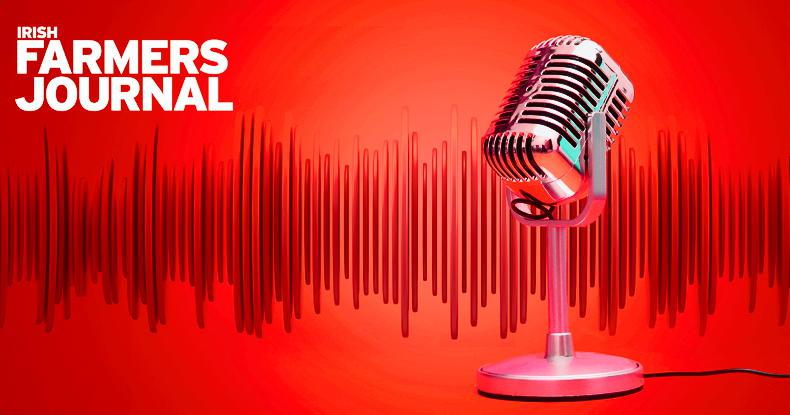

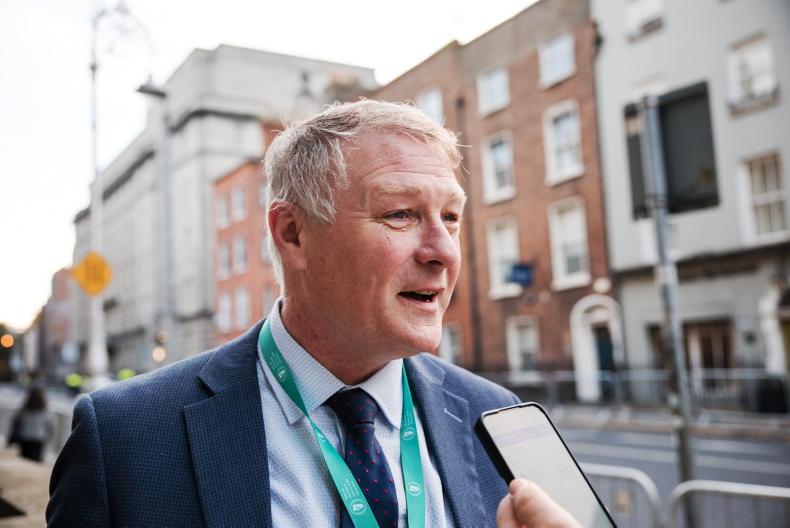
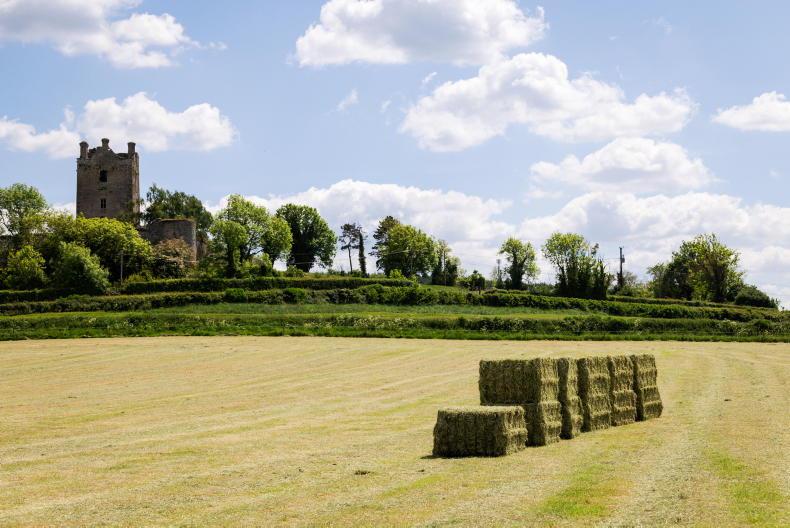
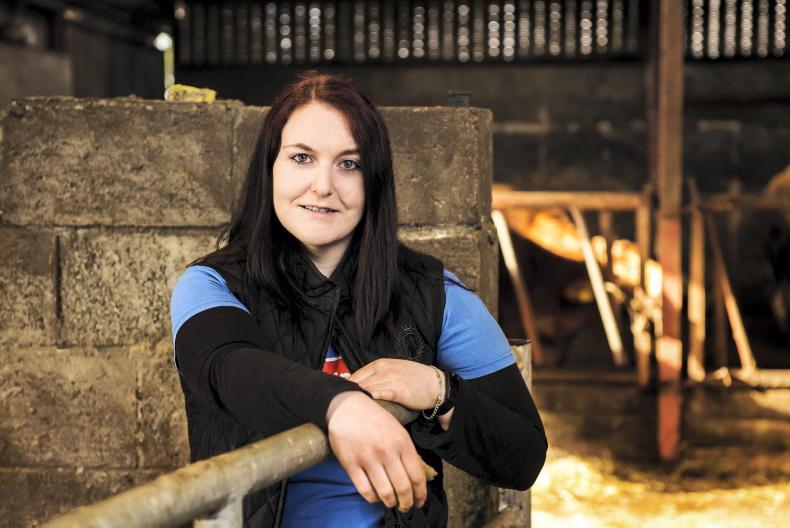
SHARING OPTIONS